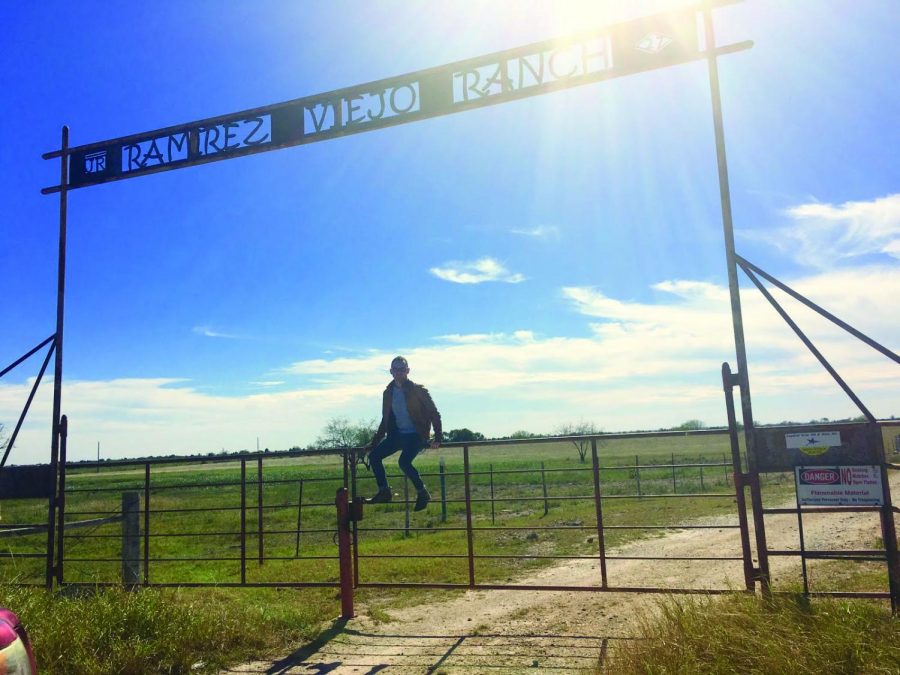The Fight for Family Land on the Texas Border
October 11, 2019
The border between the United States and Mexico has historically been a disputed place. The issue of building a border wall becomes even messier when generations of family land sits along the border lines.
Before Texas became a part of the United States, it was a part of Mexico, and before Mexico was a country it was New Spain. When people began to come to New Spain from Spain, Spanish royalty offered settlers free land to start colonies and towns. Portions of this land would later become the border between present-day Mexico and the United States. Beginning in 1990, partial fences were put on the border. Now, President Trump is trying to build a 50 to 80 foot high structure across the entire border of Mexico. In order to build a fence, land is required. However, part of that land is private.
In order to obtain the privately owned property, the government must do one of two things: convince the owners to willingly sell their land or take the land by the process of eminent domain. Eminent domain allows the government to seize land and pay the owners for it. So, when a landowner doesn’t want to sell, he or she may be forced to sell a portion of their landowner’s property. The family of freshman Quintyn Zoghby is currently faced with this conflict. His family owns land very close to the border, and because of the new wall being built, that land could be seized.
“The land has been in my family for generations, and we’ve had a lot of trouble with the government acting unfair and actually taking it,” Zoghby said.
Earlier this year, Zoghby’s family received a letter from the government saying their land would be taken to build a fence along the border. Later, they were visited by officials from the Department of Justice.
“On top of it, they’re harassing family. I have a blind grandmother, and she has hearing issues. The Department of Justice was at both of her doors blocking her in, knocking and acting aggressive,” Zoghby said.
Luis Ramirez, a Spanish teacher at LASA, also has ties to the land by the border. Ramirez’s grandfather was the previous landowner until he tragically drowned on his family’s land. There is now a memorial on the land in remembrance of him. According to Ramirez, family land can create and hold memories for everyone involved.
“This is my great-uncle, my grandpa’s brother, and it’s the land my grandfather died on,” Ramirez said. “I’ve seen his memorial maybe once. But it would be sad to lose that, to never be able to see the memorial, to never be able to show my kids…this is where [their] great grandfather passed away. I think it would be very sad,” Ramirez said.
Losing the land would not only rob the family from land that is tied to their historical heritage, it would displace current inhabitants. According to Zoghby, this displacement would be especially hard on the older generation.
“My great-grandfather is ninety,” Zoghby said. “If he’s alive and they take away the land it’s going to be heartbreaking. He’s effectively the one in charge because he is the elder and everybody chips in to help him.”
The fate of the land is still undecided. The Ramirez family’s rights versus the rights of the federal government are unclear and contested.
“My second cousin is one of the lawyers that’s in charge of working with that,” Ramirez said. “He’s had a lot of issues about what they can do and how to go about that. They’re trying to figure out what’s legal and what’s not, but it also depends on the administration. What does the administration want to do? And what can they do?”
Trump’s goal is to finish the wall by the 2020 election, which marks the end of his term. Trump has said that the wall is necessary because illegal immigrants are coming into the United States.
“The immigrants aren’t malicious at all,” Zoghby said. “I think people need to realize that these are just humans trying to get to a better city action.”


